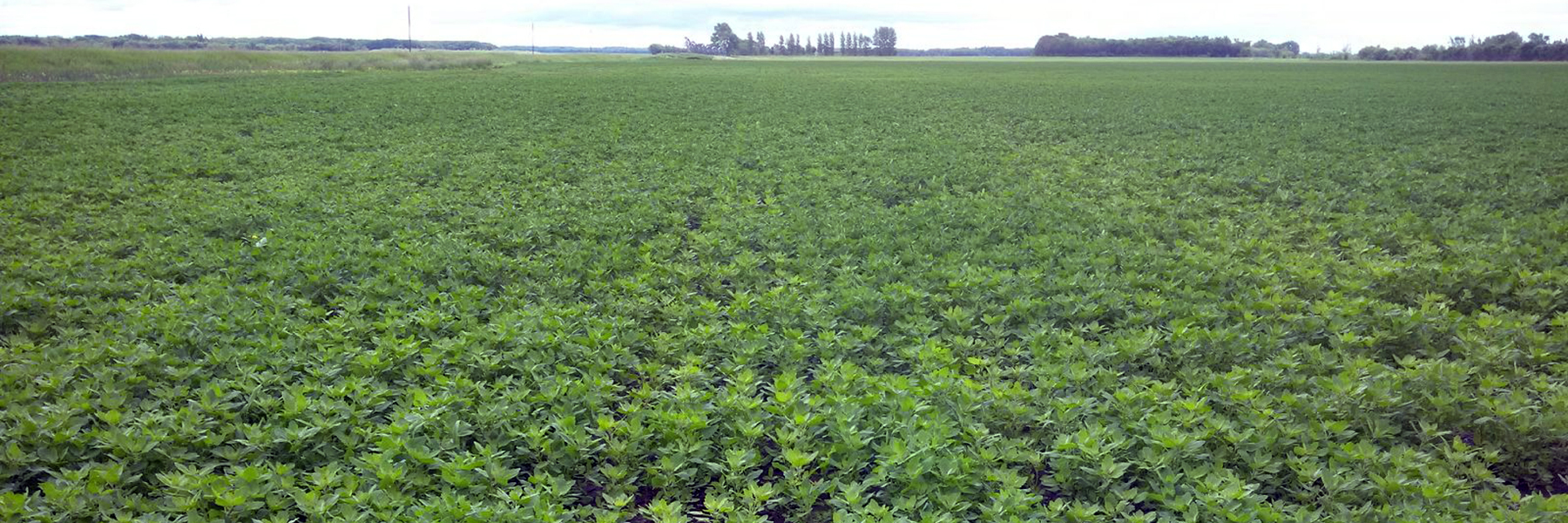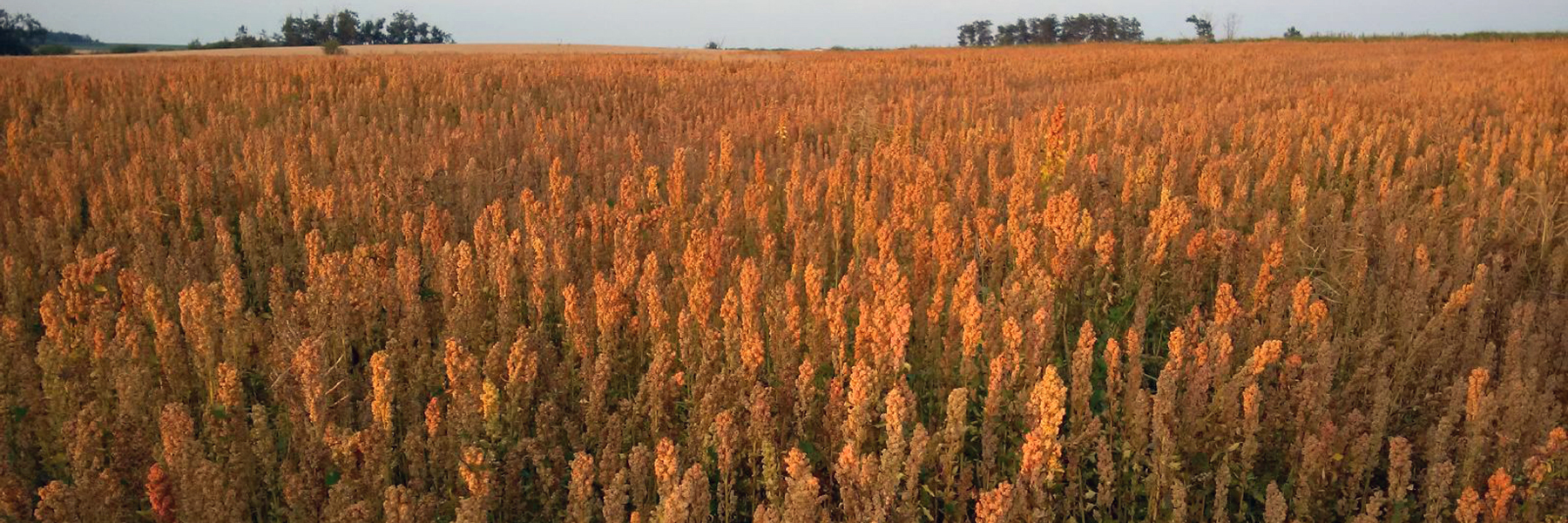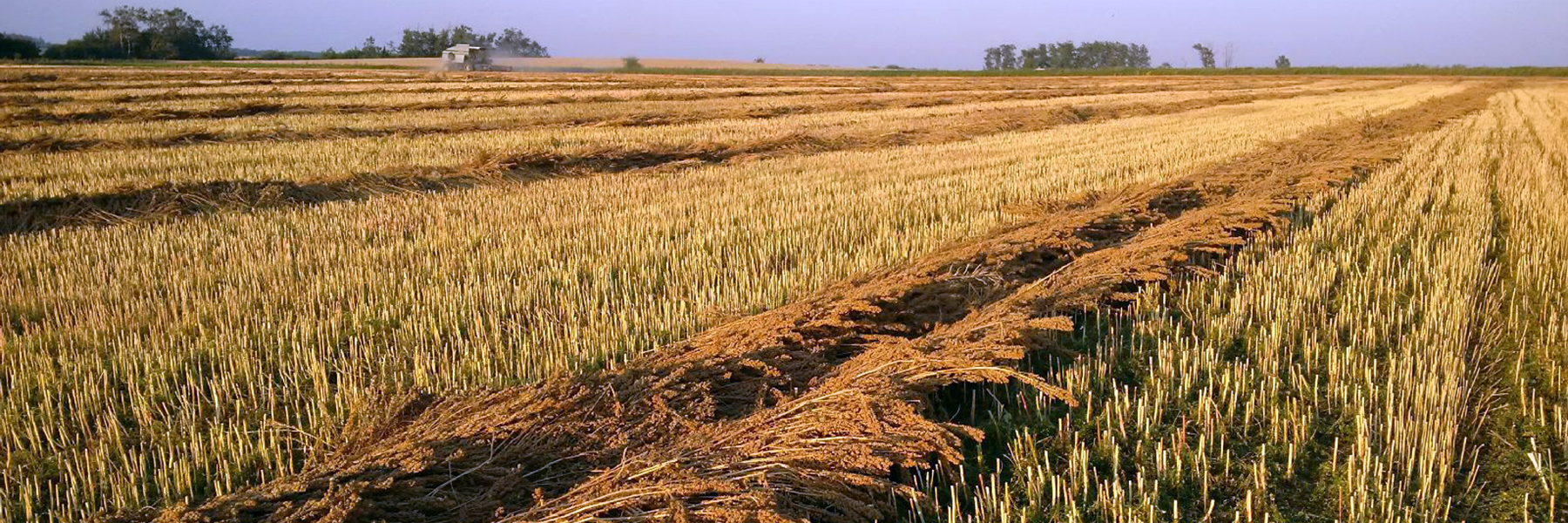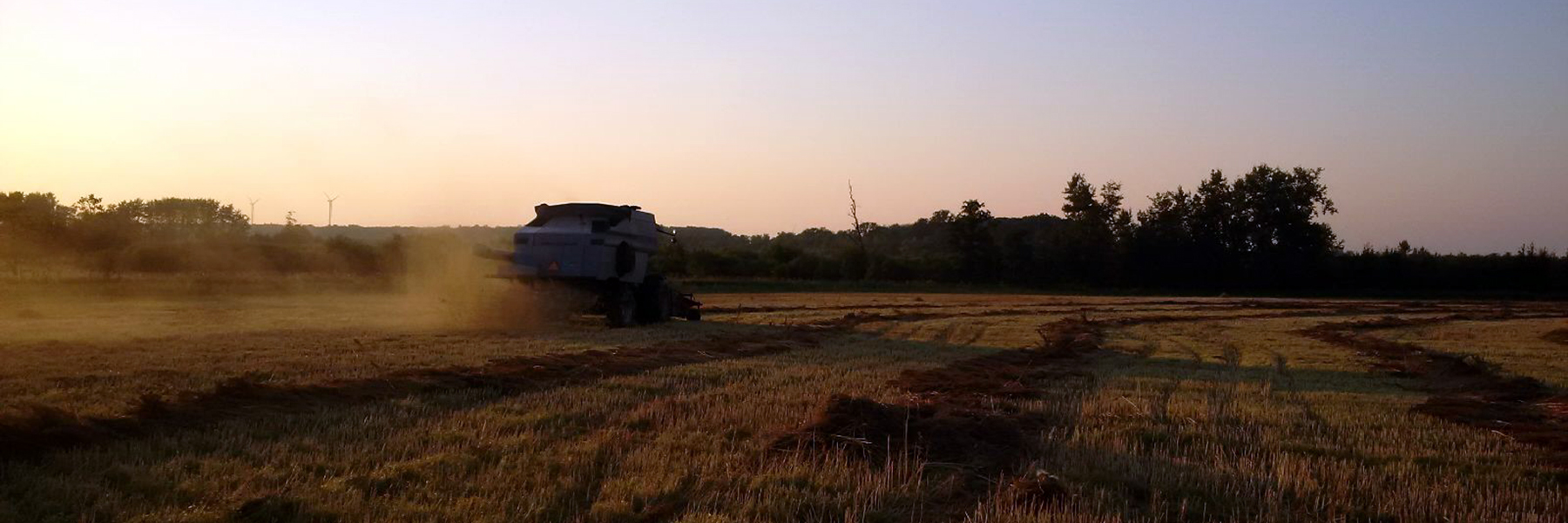Welcome
Prairie Quinoa is Coming to an End,
Allow me to thank you for the support you and your business have shown to Prairie Quinoa and
its products over the past ten years. However, we have come to the conclusion that Prairie Quinoa
has stopped its operations as a seller of quinoa and quinoa related products at the end of
December 2024.
There are a number of factors, but the primary reason is our inability to establish a dedicated
quinoa processing facility in Manitoba and navigate through the regulatory regime required to do
so in a timely and cost effective manner. Quinoa grows rather well in Manitoba, but combining the
regulatory challenges we have experienced with some health issues and the general reminder that
time does move very “swiftly”, and we have concluded its time to end our venture in quinoa at the
end of 2024. We have a limited amount of quinoa in our inventory to sell to our best long term
customers and then will donate the remaining inventory to Manitoba’s Food Banks in 2025.
One of the real joys of our pursuit of quinoa cultivation and production in Manitoba has been the
people we have met, the creative hard-working “local food” producers of Manitoba, the retailers
and the local restauranteurs of Manitoba, that have used our product. Our lives have been
enriched by the people we have met in the last ‘quinoa decade’ and it is with a degree of sadness
that it comes to a conclusion – but it has. December 2024.
Thank you again for your part in our last decade and YES, purchase food from Manitoba’s local
producers.
We wish all the very best for you – your business and family in 2025 and may it be a year to
celebrate in all that it will bring!
Prairie Quinoa 2025






